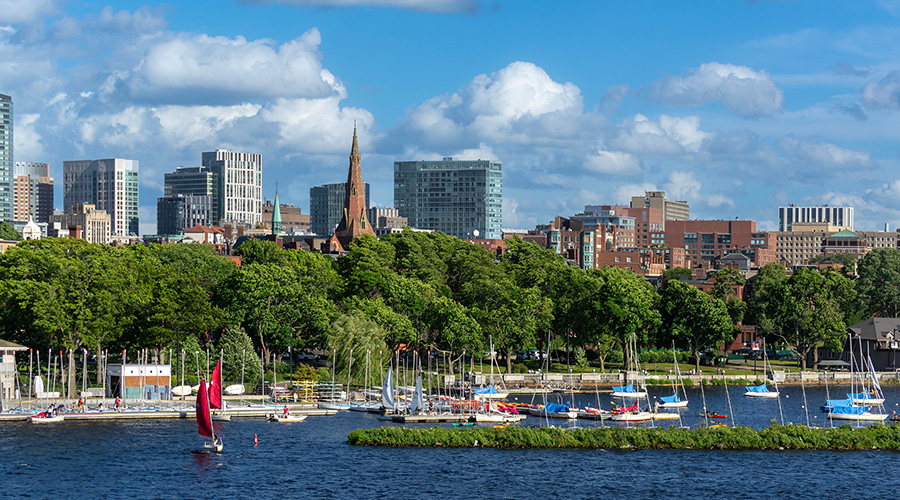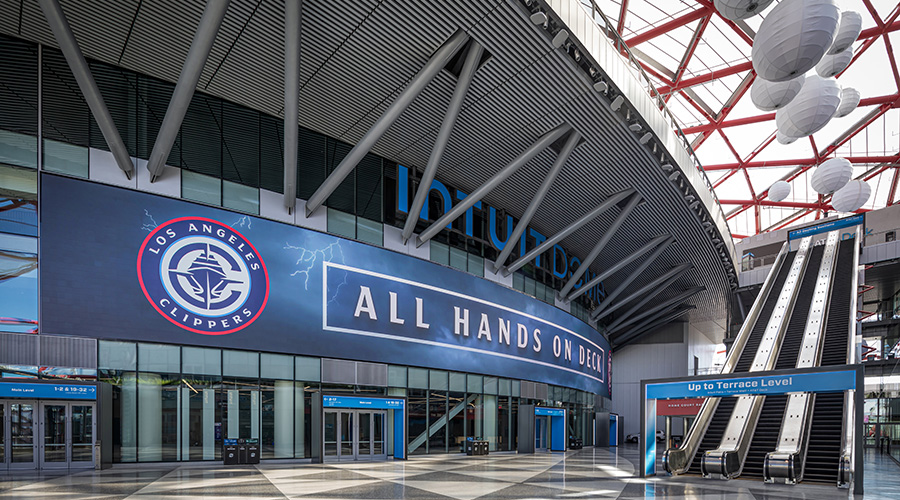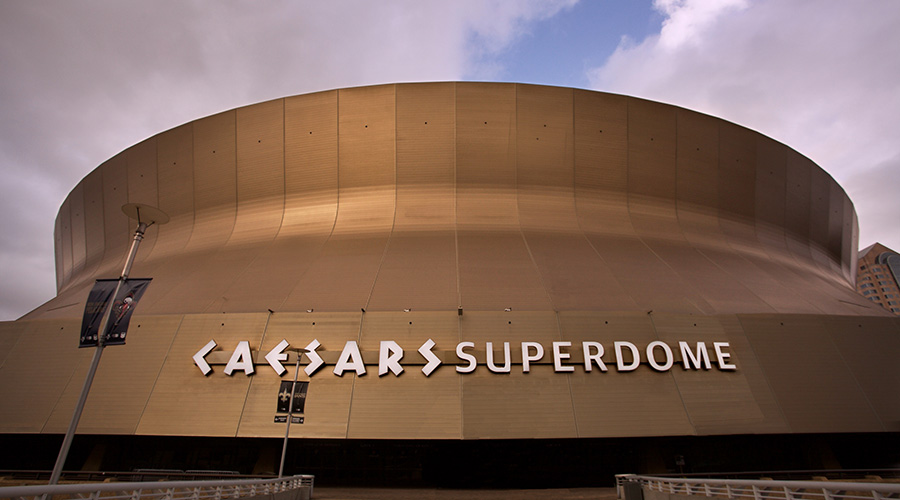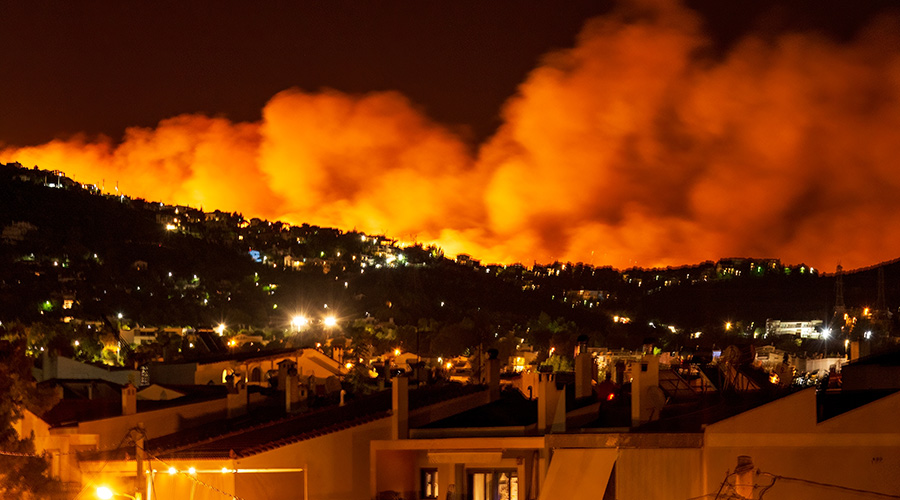
Massachusetts is Top LEED State for 2024
The Bay State led the annual rankings with a certified square feet per capita rate of 4.95 (132 new certified projects). February 10, 2025
By Greg Zimmerman, senior contributing editor
Massachusetts reclaimed its throne as the top LEED state in the U.S. Green Building Council’s annual ranking of its Top 10 LEED States. The Bay State was also No. 1 in 2022, but dropped to third in 2023. New York, which was the champion of LEED States in 2023, dropped to third in 2024. And Illinois, the crown-winner in 2021, and second in 2023, was again second last year.
The annual rankings are based on square feet per capita. With its 132 new certified projects, Massachusetts had a square feet per capita rate of 4.95 to lead the standings. Illinois had 102 new certified projects and 4.02 square-feet-per-capita rate.
Overall, California, which finished 6th in the rankings, had the most LEED certified projects at 437.
Every year, however, there’s a caveat. The District of Columbia, which doesn’t figure in the rankings because it’s not officially a state, had far and away the highest square feet per capita ranking: 33.3 (111 new certified projects).
Overall, in the top 10 states, 1,437 projects were certified encompassing 414 million square feet of space.
“More than ever, governments and organizations are seeking to build more resilient, healthy, affordable and sustainable cities and communities that address immediate and future needs,” said Peter Templeton, president and CEO, USGBC. “LEED provides a proven path to meeting these critical priorities. We commend these states and the District of Columbia for their leadership and progress toward a more resilient and sustainable future for all.”
This year marks the 25th anniversary of the LEED rating system’s release, and USGBC will be celebrating later this year with the release of a new iteration of LEED: LEEDv5.
Greg Zimmerman is senior contributing editor for FacilitiesNet.com and Building Operating Management magazine.
Next
Read next on FacilitiesNet












